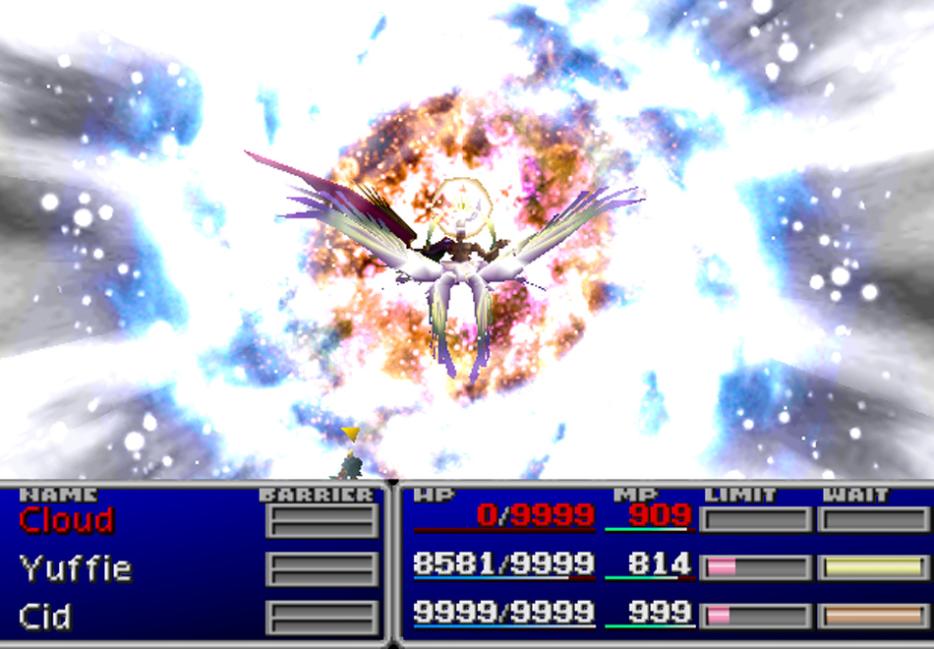Earlier this week, the European Space Agency’s Rosetta mission successfully navigated a landing craft onto the surface of a comet mid-flight for the first time. There was more drama in the touchdown—two harpoons and a crucial thruster malfunctioned—than any immediate discoveries gleaned from the quarry itself, which is after all a two-mile-wide ball of frigid cosmic debris dating back to the primeval universe. The scientists are very excited about the watery dust they can mine from it, but now that we can land on comets, why not land on…better comets? To that end, here are 10 of the worst and best frozen space phenomena, ranked.
10. Biela’s Comet was such a wad of garbage that it just broke apart while everybody watched at some point during the mid-19th-century. The Wikipedia entry for the astronomer who discovered it reads like the kind of historical novel you find abandoned in hotels: “Relatively little seems to be recorded of Biela's personal life: he was married to Anna (Edle von Wallenstern) and they had a daughter Emilie Freiin von Biela, born in 1820 and married in Rovigo to Moritz, Graf Forgách, another Austrian infantry officer…”
9. After observing the Great Comet of 1577, the Danish astronomer Tycho Brahe managed to determine that such objects exist beyond the Earth’s atmosphere. “Sounds fascinating… it would be so neat to look around on that thing,” says an elaborately disguised Tycho Brahe.
8. The much-hyped 1973 apparition of the comet Kohoutek inspired a Kraftwerk single, a concert by the jazz bandleader Sun Ra, a storyline in Charles Schulz’s Peanuts, and a neo-occult text purporting to be communications from the entity itself. Then it reached perihelion and ended up looking like a half-visible ice smear. What a presumptuously shitty comet.
7. Donati’s Comet was the first one to be photographed in 1858, allowing us all these decades later to glimpse how much it resembled a little mattress feather. I’ve seen more celestial majesty smudged across a windshield.
6. In Final Fantasy VII the end boss Sephiroth can summon a huge comet to smash through the galaxy and blow up our sun, incidentally causing damage to the player characters, but it is a video game move and not real.
5. Wary respect to Halley’s Comet for doing in Mark Twain (“The Almighty has said, no doubt: 'Now here are these two unaccountable freaks; they came in together, they must go out together,'” as he accurately predicted), but its most recent apparition 28 years ago was an indistinct disappointment, with no notable kills. I will be 73 the next time it orbits around the sun, so maybe it’ll get me.
4. Despite the traditional role of these particular objects as baleful omen, when Caesar’s Comet arrived soon after the dictator’s assassination in 44 BCE, it was perceived to be a sign of his ascension to godhood… not not a baleful omen, admittedly. It was also possibly the brightest daytime comet ever recorded. “The heavens themselves blaze forth the death of princes,” Shakespeare had Caesar’s wife observe, in the brightest example of foreshadowing ever recorded.
3. Can we send a mission to the Great Comet of 1811 for all of us humanities majors? Aside from coinciding with a famously great wine year and “vigorously holding its tail erect” in Tolstoy’s War and Peace, it may appear in the unnerving William Blake panel Ghost of a Flea. (It’s behind the buff insect-monster dancing a bowl of blood towards his mouth.)
2. Visible to the naked eye longer than any other on record, the astrological distinctions of Comet Hale-Bopp would be somewhat overshadowed by the mass suicide of the Heaven’s Gate cult, who believed the act would teleport them to an alien spaceship following its path. Their leader Marshall Applewhite recorded a final message filled with quasi-Gnostic despair: “We do in all honesty hate this world.”
1. Comets have gone from a portent of doom to prettily diverting media events in the popular consciousness, but there is always a distant chance that one might fulfill its ancient notoriety. The Tunguska explosion of 1908, which obliterated many miles of uninhabited Siberian wilderness, was probably caused by a comet or asteroid that burst just above the Earth’s surface. Orbiting alarmingly close to our planet is Comet Swift-Tuttle, a 24-kilometre snowball large enough to render the term “mass extinction” inadequate. If it ever actually made impact, the only living remnant of human existence would be a few stray bacteria. The next close encounter isn’t due until 4479, so at least there’s plenty of time to tinker with those harpoons.





